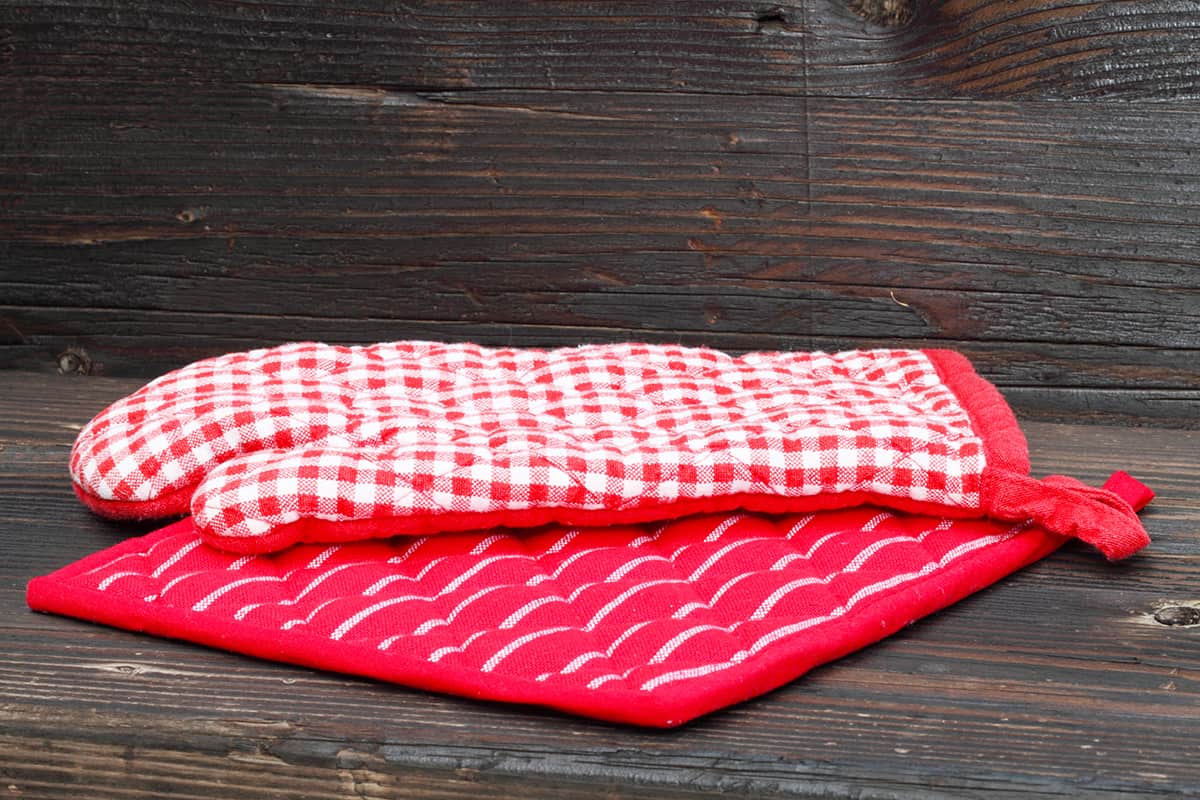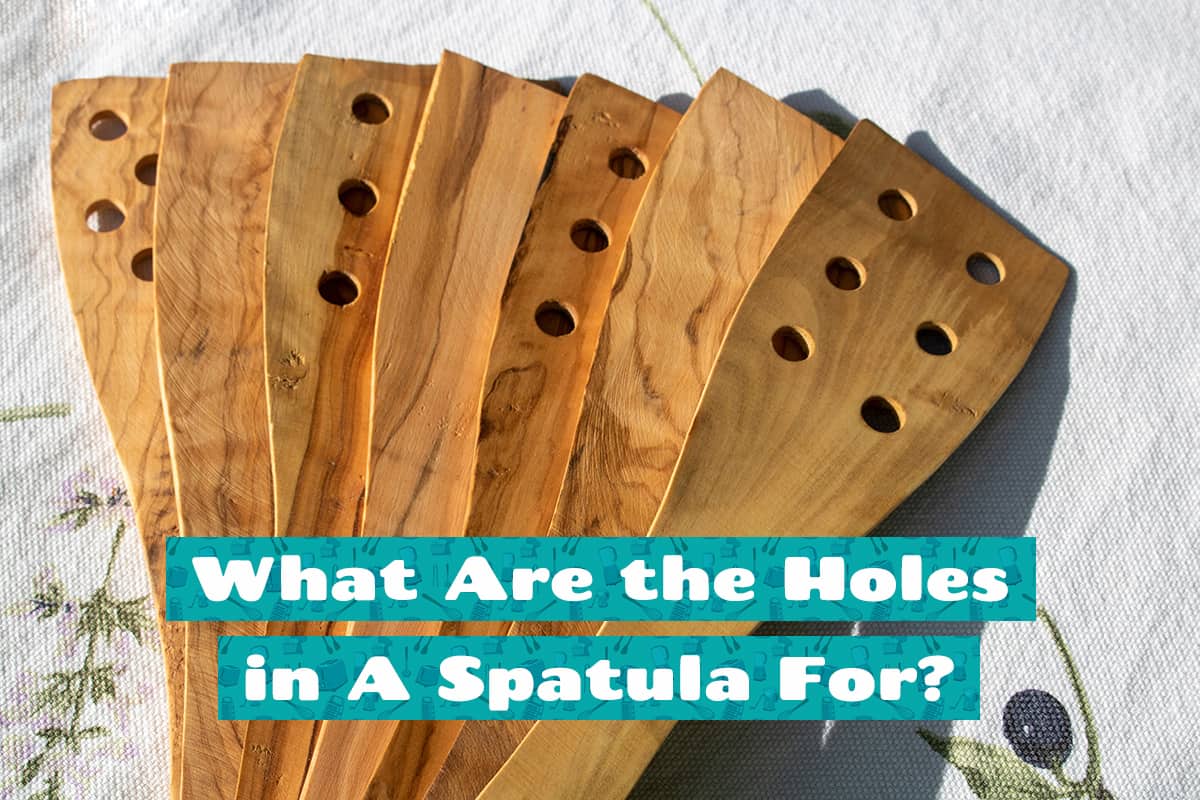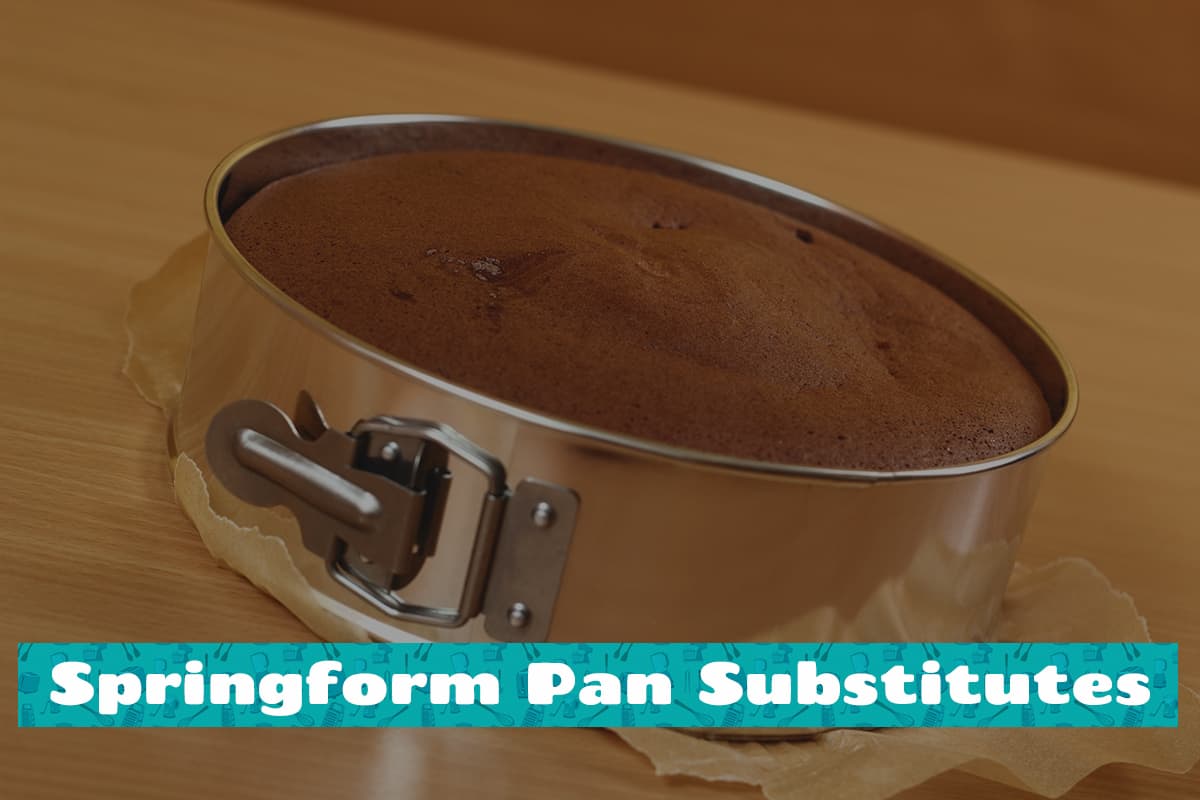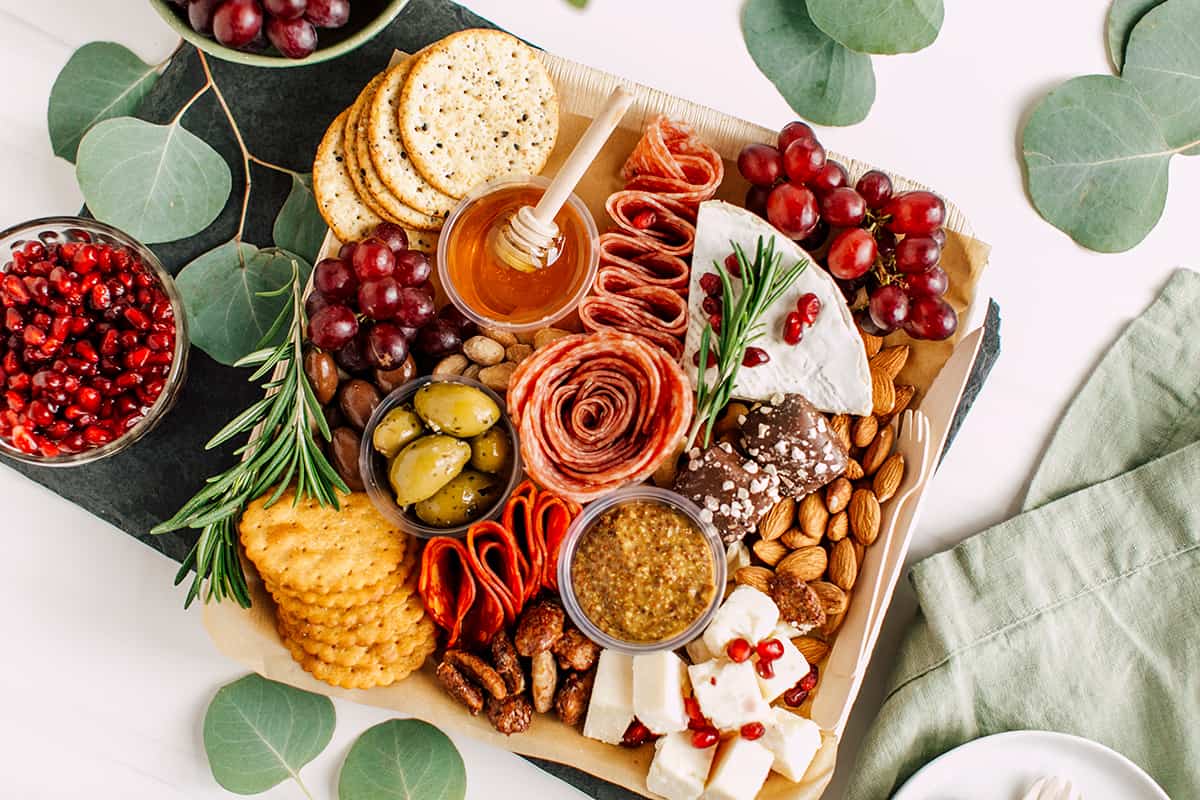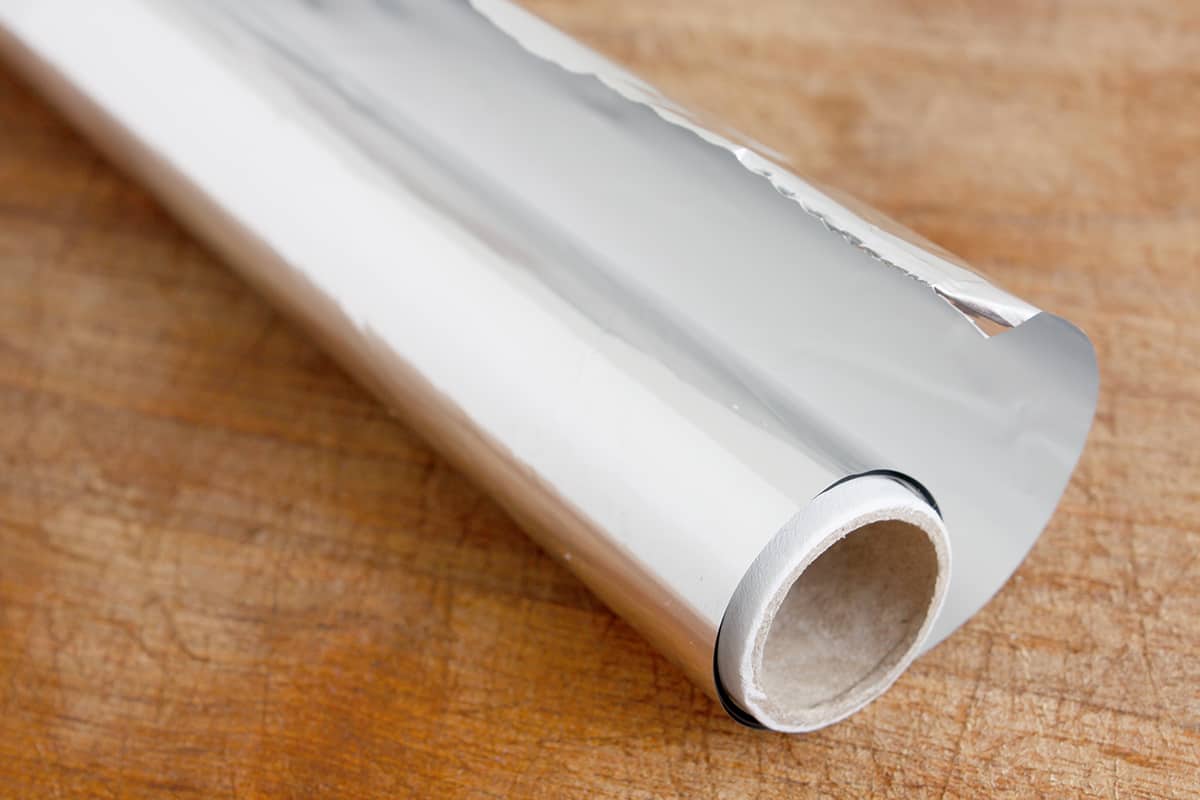Have you ever tried pulling a hot baking dish out of the oven with your bare hands? Take it from me—you shouldn’t try this. Instead, you should get yourself a handy pair of oven mitts to keep yourself from blistering your palms. But if you don’t have oven mitts, what else can you use?
There are all sorts of alternatives you can use instead of oven mitts, including potholders, kitchen towels, flour sacks, and any foldable cloth. Regardless of what you use, you have to make sure that it’s completely dry before handling hot pots and pans.
Today, I’ll talk about why oven mitts aren’t exactly the most reliable tools for handling hot objects, what alternatives there are to oven mitts, and how to make your own potholders.
Do Professionals Use Oven Mitts?
Everyone is different in their unique ways. Some people like cooking, others don’t. Some people fry food with their bare hands, and others don’t like having second-degree burns on their palms. But when it comes to professional chefs, the majority of them do not use oven mitts.
So, why is that? Is it because they have some sort of aversion to heat protection? Not at all!
The problem with oven mitts, especially for someone who works in a fast-paced environment and has to handle hot pots and pans regularly, is that oven mitts may not allow them to exercise their dexterity to the fullest. Oven mitts keep four fingers in one compartment and your thumb in another, so the majority of your fingers have restricted movement
Of course, there are some chefs who prefer using oven mitts over anything else since they are designed to offer the most protection against scorching hot cookware. Some even have rubber or silicone palms that add an extra layer of protection and ensure you don’t end up with blisters after making a pumpkin pie for dessert.
However, if you’re interested in seeing what the pros use, you should look at the alternatives.
What Are the Oven Mitt Alternatives?
Speaking of alternatives, what are they?
The two most popular alternatives to oven mitts are potholders and kitchen towels.
Potholders
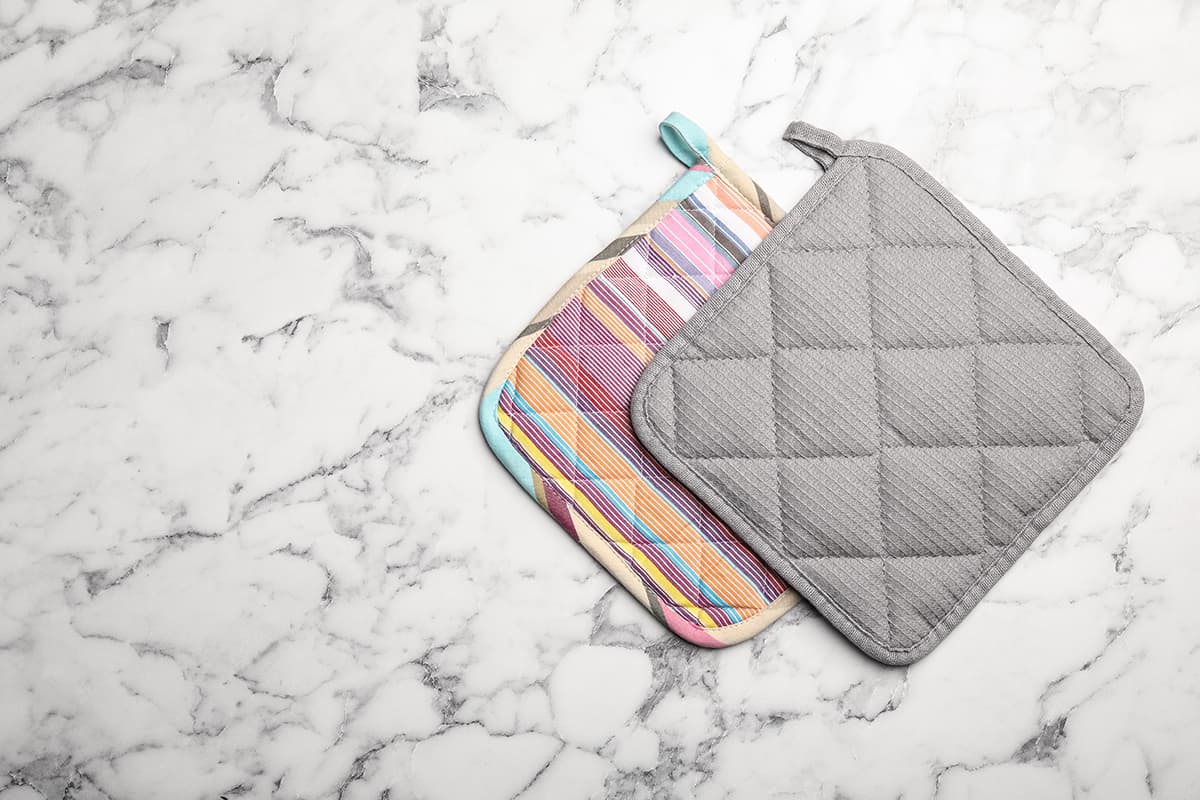
Potholders are thick, quilted sheets of cotton or polyester with various sizes ranging from 6″ x 6″ to 10″ x 10″. They are designed for handling hot items, especially pots and pans. You use them by folding them over the handles or rim of cookware to transfer them to and from ovens and stovetops. Because they are so thick, it will take a considerable amount of time for heat from your pot or pan to transfer from one end to the other before reaching your skin.
You can also place hot objects on top of these ingenious pieces of square or rectangular quilted fabric sheets. So, if you want, you can place a hot baking dish on top of a potholder to protect your granite or marble countertop from heat damage.
However, you won’t find many professional chefs with potholders on their persons at all times. Instead, what you will find are…
Kitchen towels
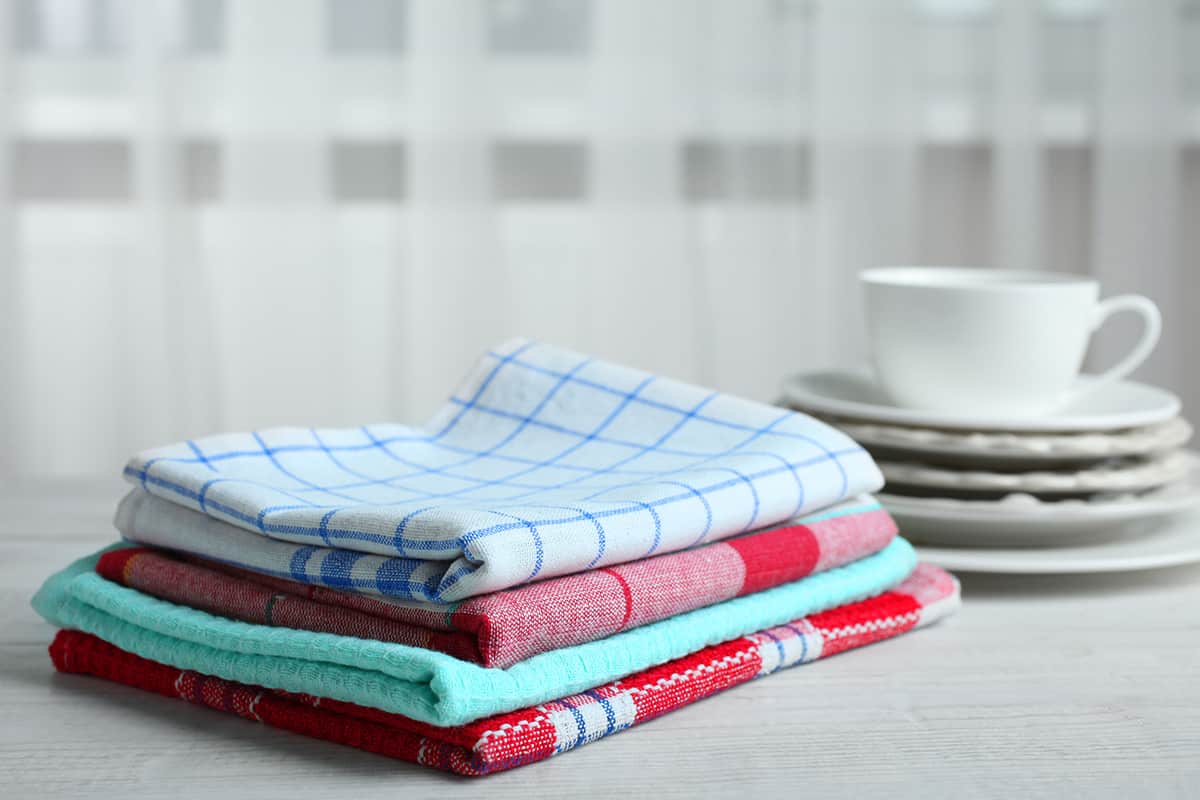
Kitchen towels, also known as tea towels in some circles, are medium-size towels that you can fold up. Best of all, it fits neatly inside apron or pants pockets, so you can keep it with you while you whisk from place to place in your kitchen.
However, kitchen towels are not quilted, so they do not come with an added layer of protection against heat. Instead, you will have to fold it up—possibly multiple times—before it is thick enough to protect your hands from heated cookware.
While kitchen towels can be used as a place to put hot pots on, it’s not recommended. However, you can use kitchen towels as regular towels to wipe your hands. Working in a kitchen can be pretty dirty, and nobody wants to rub flour and grease on their pantlegs… right?
The only thing you should consider before using kitchen towels to grip hot pots and pans is that it must be completely dry.
Why Should You Use Dry Towels?
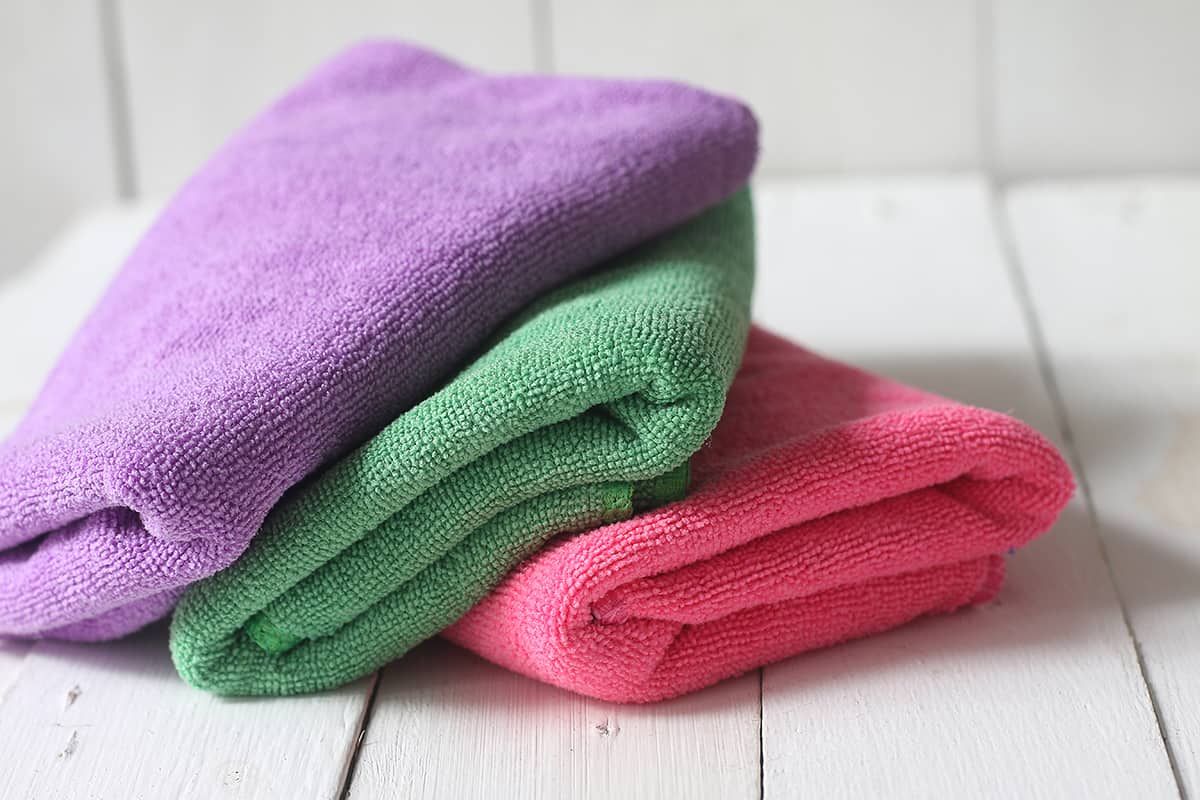
You can use any medium-sized towel to grip the handles of pots and pans and transfer them from place to place. However, the towel should be bone-dry before using it as an oven mitt substitute.
The reason is that moisture in towels can heat up pretty quickly. If you leave a damp towel on a steaming-hot pot, heat from the pot will transfer to the towel, and you may end up with considerable burns to your palm and fingers.
So, if you used your kitchen towel to dry your hands after washing them, don’t use that same towel to handle hot cookware. In fact, it would probably be a good idea to separate which towels you use for handling pots and pans and which towels are used exclusively for drying.
How to Make Your Own Potholders
Any spare towel you have in your linen closet can be converted into a kitchen towel. Just make sure it’s small enough that you can fit it in your pocket.
However, making potholders, which is a decent alternative to oven mitts, can be a bit tricker. So, if you want to design your own potholders, here’s what you’ll need:
Cotton fabric—This will serve as the front and back cover of your potholder.
Insulated batting—This goes in between the cotton fabric layers to insulate the heat and stop heat from transferring too quickly from one side to the other.
Thread—This is used to keep the layers of fabric from separating and exposing the insulated batting.
Making the potholder
- Wash and dry the cotton fabric.
- Cut the fabric into 8-inch squares. You will need 2 squares for each potholder.
- Cut the insulated batting into 7.75-inch squares. You will need 1 square for each potholder.
- Place one sheet of fabric face-side down.
- Place the insulated batting sheet onto the center of the first sheet.
- Place the second sheet over the insulated batting sheet face-side up.
- Sew the edges of the cotton sheets.
- Sew 1 inch inside the edges of the cotton sheets to keep the insulated batting in place.
Making the potholder loops
- Cut a few strips of the fabric into 4 × 2-inch rectangles to use as loops for your potholder.
- Take the rectangular strips and fold them in half lengthwise.
- take each side of the fabric and fold them until they reach the halfway mark.
- Fold the strip in half a second time until it is 4 × 1-inch in size.
- Fold it widthwise until it is 2 × 1 inch.
- Sew the rectangle onto one corner of the potholder.
